Airbus to Expand Collaboration with Tata Advanced Systems to Broaden India's Defence Supply Chain
Radhika Bansal
28 Nov 2023
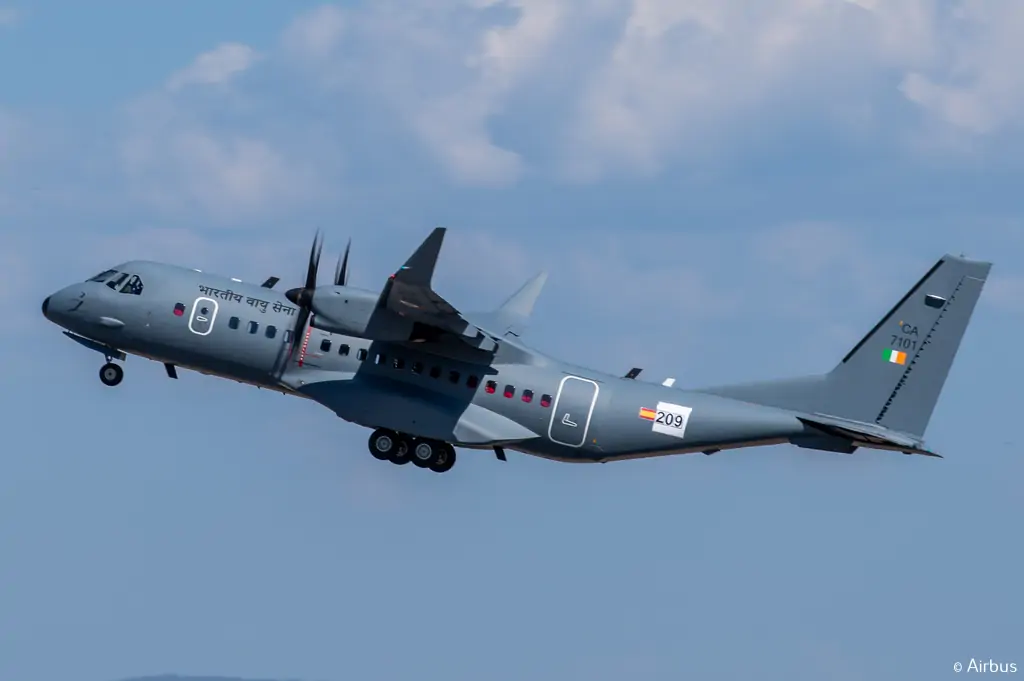
Airbus intends to expand its collaboration with Tata Advanced Systems to broaden India's defence supply chain and introduce new products aligned with the country's defence requirements, according to a report by Mint. The news was shared by Jorge Tamarit-Degenhardt, head of the C295 transport aircraft programme at Airbus.
According to the Mint report, the partnership will involve investments in developing capabilities, including raw material acquisition, manufacturing detailed parts, and establishing sub-assembly and assembly facilities. The initiative will unfold in phases, initially focusing on sourcing components like metallic and composite manufacturing technologies.
The primary focus in the early stages will be on metallic and composite manufacturing technologies, with a priority on electric harnesses to strengthen India's supply chain. The objective is to meet the demand for military transport aircraft as India replaces its ageing military transport fleet.
Airbus and Tata will invest in developing capabilities, including sourcing raw materials and manufacturing detailed parts or subcomponents, along with establishing sub-assembly and assembly facilities. The program will be in phases, with an initial focus on sourcing components such as metallic and composite manufacturing technologies. Airbus assists Tata by training them and qualifying their suppliers or MSMEs (micro, small, and medium enterprises). Whenever there is a gap, Airbus supports them.
IAF to Get 56 C295 Aircraft
In 2021, the Indian Air Force inked an agreement with Airbus for 56 C295 military transport aircraft valued at INR 21,395 crore. Airbus aims to leverage this supply chain for various defence platforms beyond transport aircraft, as the Indian military requires an estimated 100 aircraft. The collaboration anticipates delivering the first India-manufactured C295 in 2026 from their final assembly line in Vadodara, which will be operational by November 2024. Additionally, the component production for the aircraft has already started at the main constituent assembly facility in Hyderabad, Airbus said.
Under the deal, Airbus will deliver the first 16 aircraft in 'fly-away' condition from its final assembly line in Seville by 2025 and the subsequent 40 aircraft will be manufactured and assembled by Tata Advanced Systems (TASL) in India as part of an industrial partnership between the two companies.
The C295, in transport configuration and with an indigenous electronic warfare suite, will leave Airbus' production site in Seville for Delhi on September 15. It will be piloted by a joint IAF-Airbus crew. Indigenous Radar warning receiver and missile approach warning systems made by Bharat Electronics Limited (BEL) and countermeasure dispensing systems made by Bharat Dynamics Limited (BDL) have been certified and installed on the first aircraft.
This strategic partnership further aligns with India's efforts to establish a robust domestic defence supply chain, encouraging global defence companies to invest and manufacture in the country. Initiatives like indigenisation lists, Defence Acquisition Procedure 2020, and defence industrial corridors aim to facilitate foreign firms' entry, support startups, and boost research within India.
In tandem with Airbus's initiatives, Embraer is also considering setting up manufacturing operations within India, signalling a broader interest and confidence in the country’s potential as a hub for defence production.
(With Inputs from Mint)
Read next
On Monday, November 27, 2023, L3Harris Technologies, a prominent defense company, revealed its strategic move to sell its commercial aviation solutions business to private equity firm TJC L.P. for a substantial $800 million.
The deal, comprising a $700 million cash purchase price and a $100 million earnout based on specific financial performance targets for 2023 and 2024, signifies a significant development in the aerospace and defense industry.
Business Overview
The commercial aviation solutions business of L3Harris is a key player in the aviation sector, providing a range of services including pilot training, flight data analytics, avionics, and advanced air mobility products. With approximately 1,450 employees, the business has established itself as a leader in delivering innovative solutions to enhance aviation safety and efficiency.
Deal Structure
The $800 million deal is structured with a cash purchase price of $700 million and an additional $100 million earnout contingent upon the achievement of specified financial performance targets in 2023 and 2024. This arrangement reflects the confidence of both parties in the future growth and success of the commercial aviation solutions business.
Utilization of Proceeds
L3Harris outlined its capital allocation priorities in a statement, noting that the proceeds from the transaction will be used to repay debt. This strategic move aims to accelerate the company's timeline to achieve its debt leverage objectives, thereby strengthening its financial position and overall stability.
Financial Advisors
Morgan Stanley and Moelis & Co. played crucial roles as financial advisers to L3Harris in this transaction, providing expertise and guidance throughout the negotiation process. On the other side, J.P. Morgan Securities LLC advised TJC L.P., facilitating a smooth and informed transaction. The involvement of reputable financial institutions underscores the significance and complexity of the deal.
Closing Timeline
The transaction is expected to conclude in the first half of 2024, pending regulatory approvals and other customary closing conditions. The specified timeline indicates a well-thought-out and deliberate process to ensure a seamless transition of ownership.
Conclusion
The sale of L3Harris Technologies' commercial aviation solutions business to TJC L.P. for $800 million marks a strategic realignment of priorities for both companies. As L3Harris focuses on its core competencies and debt reduction, TJC L.P. sees an opportunity to invest in a leading player in the aviation solutions space. The deal reflects the dynamic nature of the aerospace and defense industry, with companies adapting to market trends and optimizing their portfolios for sustained growth.
With Inputs from Reuters
Read next
Cathay Pacific Leans Towards Airbus A350 Freighters in Fleet Renewal Decision
Abhishek Nayar
28 Nov 2023
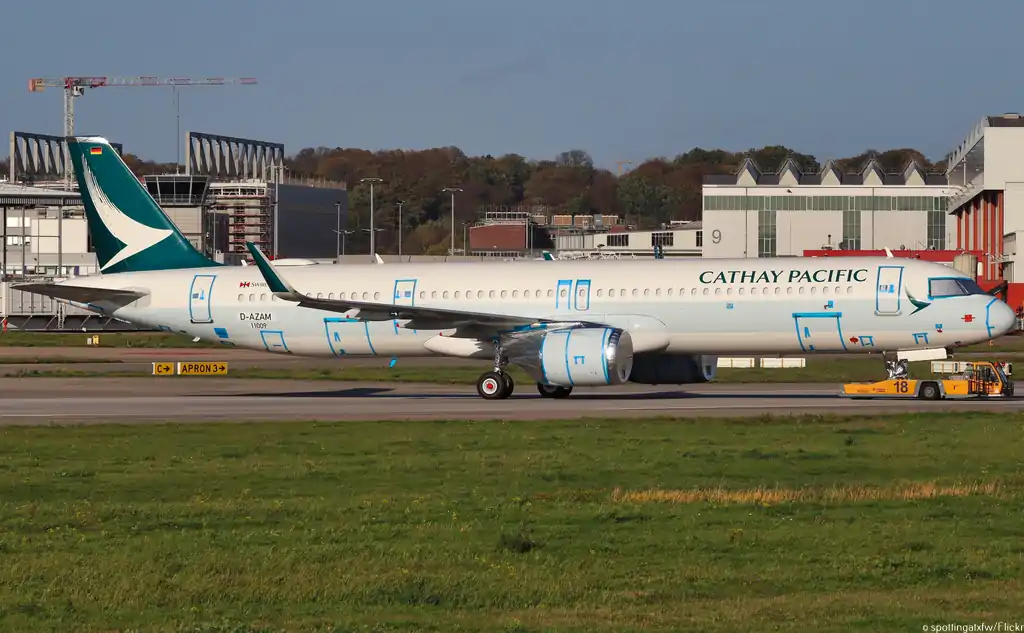
Cathay Pacific Airways Ltd., one of the world's top-five freight carriers, is reportedly leaning towards placing an order for around six Airbus A350 freighters as part of its fleet renewal strategy.
This decision comes after a period of evaluation in which the Hong Kong-based airline appeared to be favoring the Boeing 777-8F. The choice between these two aircraft has been closely watched, as it is considered a crucial test for both Airbus and Boeing in the highly competitive air freight market.
Background
Cathay Pacific, currently the world's fifth-largest air freight carrier, has been in the process of renewing the oldest section of its dedicated cargo fleet, which consists of Boeing 747 cargo jets. The airline's decision on whether to opt for the Airbus A350 freighters or the Boeing 777-8F has significant implications for both aircraft manufacturers. Earlier in the year, there were indications that Cathay Pacific was inclined towards the Boeing option, but a final decision was postponed.
Competitive Dynamics
The battle for Cathay Pacific's cargo business highlights the intense competition between Airbus and Boeing. The focus has been on comparing the all-freight version of Boeing's future 777X jet family with an upcoming cargo model of the existing Airbus A350. The fact that Cathay Pacific operates both the Airbus A350 and Boeing 777 passenger models adds an interesting dimension to the competition.
Cathay Pacific's Importance in Air Freight
As the third-largest traditional freight airline globally, Cathay Pacific plays a pivotal role in the air freight industry. The airline is surpassed only by Qatar Airways and Emirates in the traditional freight category when excluding specialist express parcel carriers FedEx and UPS. This underscores the significance of Cathay Pacific's fleet renewal decision, not only for the airline itself but also for the broader landscape of air cargo transportation.
Financial Implications
Industry sources suggest that Cathay Pacific's initial purchase could involve around half a dozen aircraft, with an estimated value of approximately $2 billion at list prices before factoring in traditional airline discounts. The financial aspect of this decision is crucial for both Airbus and Boeing, as securing orders from major carriers such as Cathay Pacific contributes significantly to their respective market positions.
Cathay Pacific's Statement
In August, Cathay Pacific informed analysts that it was actively exploring freighter options and "continuing to study various opportunities." Despite a softening in cargo demand, the airline emphasized that demand was still considerably higher than pre-pandemic levels, indicating a positive outlook for the air freight sector.
Conclusion
Cathay Pacific's imminent decision on whether to select Airbus A350 freighters or Boeing 777-8F aircraft marks a critical juncture in the competition between the two aviation giants. The outcome will not only influence Cathay Pacific's cargo operations but will also impact the broader dynamics of the global air freight industry.
As the airline navigates the challenges posed by changing market conditions, its choice between these two leading freighter aircraft will undoubtedly shape the future of its cargo fleet and contribute to the ongoing narrative of Airbus versus Boeing in the highly competitive aviation market.
With Inputs from Reuters
Read next
Delhi Airport Implements AI and Camera-Based Solutions for Enhanced Operations
Abhishek Nayar
28 Nov 2023
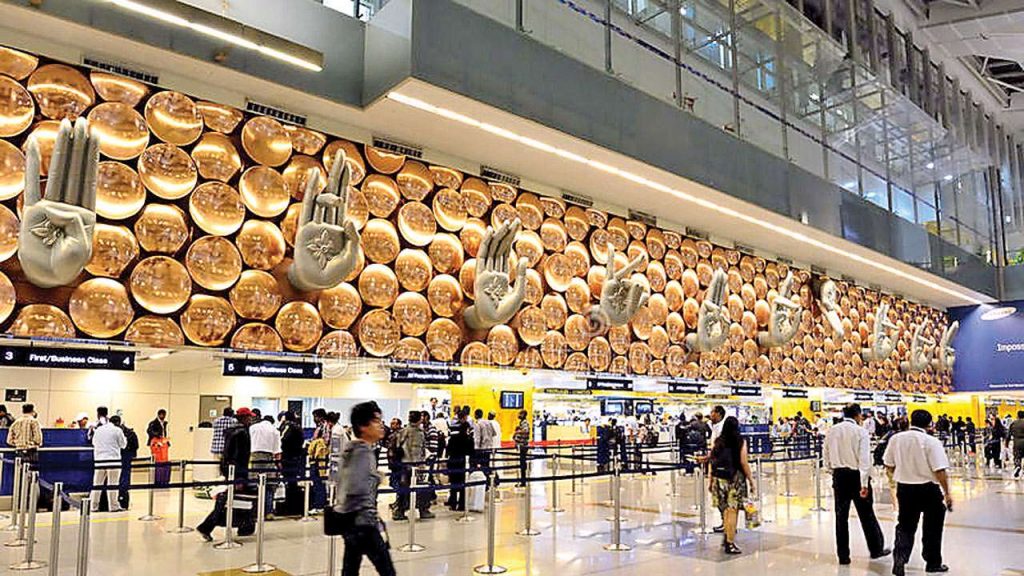
Delhi International Airport Ltd. (DIAL) is set to leverage the power of artificial intelligence and camera-based solutions to revolutionize its operations amidst a surge in passenger traffic. As the country's largest airport, handling 1,300-1,500 flights daily, DIAL is embracing digital solutions, including IoT (Internet of Things) and AI, to ensure seamless experiences for travelers.
Facing Challenges: Winter Congestion
The decision to enhance technological capabilities comes after the airport experienced significant congestion during the winter season last year, leading to prolonged waiting times for passengers. In a proactive response, DIAL implemented measures such as increasing entry points within 15 days of the congestion, demonstrating a commitment to addressing challenges promptly.
Predictive Analytics with APOC
DIAL is upgrading its system to APOC (Airports Operations Centre), a technology already in use at several European airports. APOC employs predictive analytics to anticipate passenger footfalls at specific times. This data enables the efficient deployment of manpower across entry gates, check-in counters, and security checkpoints, streamlining operations and minimizing wait times.
Camera-Based Solutions for Passenger Flow
At Terminal 3 (T3), DIAL has implemented a camera-based solution from Swiss manufacturer Xovis. This system counts people in various queues, utilizing artificial intelligence to predict waiting times accurately. The success of this technology has prompted plans to extend its use to Terminal 1 (T1) upon completion of its expansion.
Smart Cameras for Operational Efficiency
DIAL is exploring various camera-based solutions to enhance operations, including the management of airport trollies. Smart cameras can count trollies in bank and alert terminal operations personnel when additional trollies are needed. This application of artificial intelligence ensures efficient resource management.
Airside Operations and IoT Integration
On the airside, DIAL is implementing tools to track vehicles using Internet of Things (IoT) devices. These devices monitor and report on vehicle deviations, enhancing overall operational monitoring. The implementation has begun with DIAL's vehicles and is set to extend to other stakeholders, including flight catering and cargo vehicles.
Capacity Expansion and Future Plans
With an expected passenger traffic of over 70 million in the current fiscal year, DIAL is actively expanding Terminal 1. Upon completion, T1's capacity will increase from 17 million to 40 million, contributing to an overall domestic capacity of 40 million at T1 and 25 million at T3. Additionally, the airport plans to revisit its 2016 master plan to accommodate the evolving needs of the growing aviation landscape.
Conclusion
As Delhi Airport navigates the challenges of increasing passenger volumes, its strategic adoption of advanced technologies like artificial intelligence and camera-based solutions reflects a commitment to providing a seamless and efficient travel experience. The integration of predictive analytics not only addresses past congestion issues but also positions the airport as a technologically advanced hub, capable of handling future growth in air travel. With a focus on innovation, DIAL sets a precedent for the aviation industry's evolution towards intelligent and data-driven operations.
Read next
Bengaluru’s T2 Terminal Introduces 3D Computed Tomography X-Ray (CTX) Machines
Abhishek Nayar
28 Nov 2023
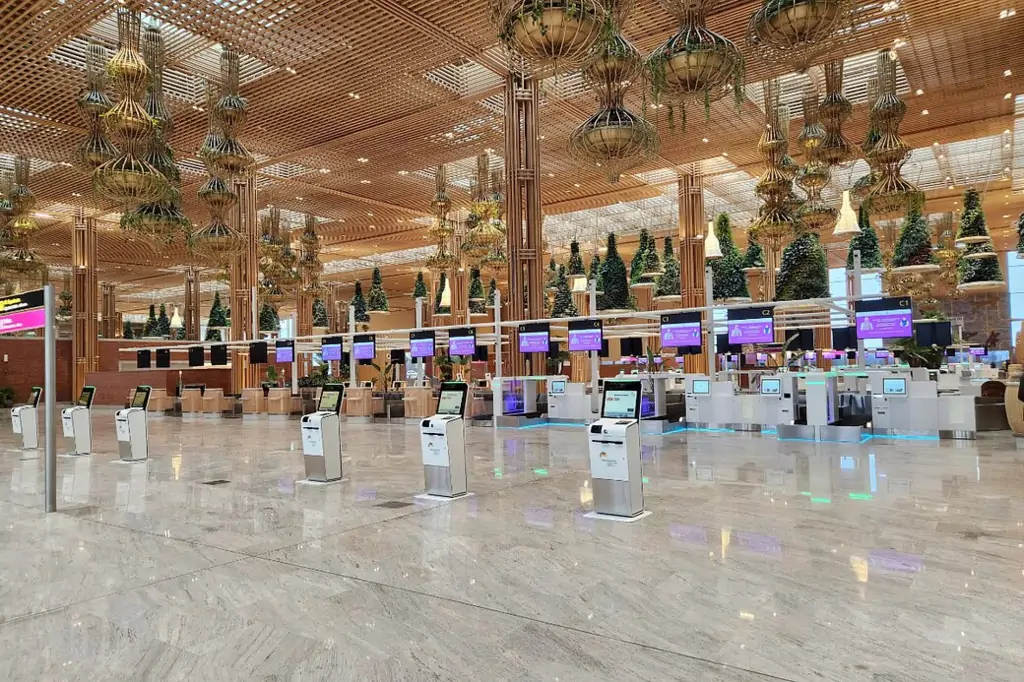
In a groundbreaking move, the T2 terminal of Bengaluru's Kempegowda International Airport is set to initiate a trial run for 3D Computed Tomography X-ray (CTX) machines for cabin bag checks. This cutting-edge technology, relatively new in India, is poised to transform the security screening process at airports, enhancing both efficiency and accuracy.
Mandate from the Bureau of Civil Aviation Security
According to a recent report by the Times of India, the Bureau of Civil Aviation Security, the national regulator for civil aviation security, has mandated the installation of 3D CTX machines for cabin bag checks at major airports across the country. This move aims to streamline the security screening process, eliminating the need for passengers to remove electronic devices and liquids from their hand luggage during security checks.
Operational Testing at Bengaluru's T2 Terminal
The trial run at Bengaluru's T2 terminal will serve as a crucial step in assessing the actual baggage handling capacity of the CTX machines. Airport operators will rigorously evaluate the performance of these machines before considering implementation at other airports in the country.
Efficiency and Passenger Convenience
Currently, passengers are required to remove electronic items and liquids from their hand luggage, placing them in trays for security checks. The implementation of 3D CTX machines is expected to significantly reduce the time taken for security checks. Passengers will no longer need to go through the hassle of removing laptops, chargers, and liquids, streamlining the entire security screening process.
Layout Reconfiguration and Prohibited Item Detection
The adoption of CTX machines comes with the challenge of reconfiguring airport layouts, as these machines are larger than the current 2D X-ray scanners in use. Despite this, the benefits extend beyond passenger convenience. CTX machines boast improved detection capabilities for prohibited items, enhancing overall security measures at airports.
Global Precedents and Deadline
London City Airport, as reported by the BBC, implemented CTX machines in April, allowing passengers to keep electronics in their hand luggage during security checks. The UK government has set a deadline of June 2024 for most UK airports to install these machines, indicating a global trend towards embracing advanced security technologies.
Enhancing Security through CTX Technology
According to sources cited by the Times of India, CTX technology not only expedites the Passenger and Cabin Baggage Security (PESC) process but also strengthens security by improving the detection of non-metallic threat objects, such as liquid, gel, or plastic contraband. The high-resolution 3D images provided by CTX detection systems enable detailed analysis, enhancing the identification of potential threats.
The Technology Behind CTX Machines
CTX detection systems utilize 3D imagery, algorithmic calculations, and dual-energy organic/inorganic image capabilities to identify threats, as outlined by Smiths Detection. This sophisticated technology ensures efficient security decisions on all checked bags and cargo packages, marking a significant leap forward in airport security protocols.
Conclusion
As Bengaluru's T2 terminal embarks on the trial run of 3D CTX machines, the future of airport security in India takes a bold step forward. The potential improvements in efficiency, passenger convenience, and threat detection underscore the importance of adopting cutting-edge technologies to safeguard air travel. As the aviation industry evolves, the implementation of CTX machines sets a precedent for enhanced security measures at airports globally.
Read next
Why the Miniature Panes? The Intriguing Secret Behind Tiny Aircraft Window!
Abhishek Nayar
27 Nov 2023
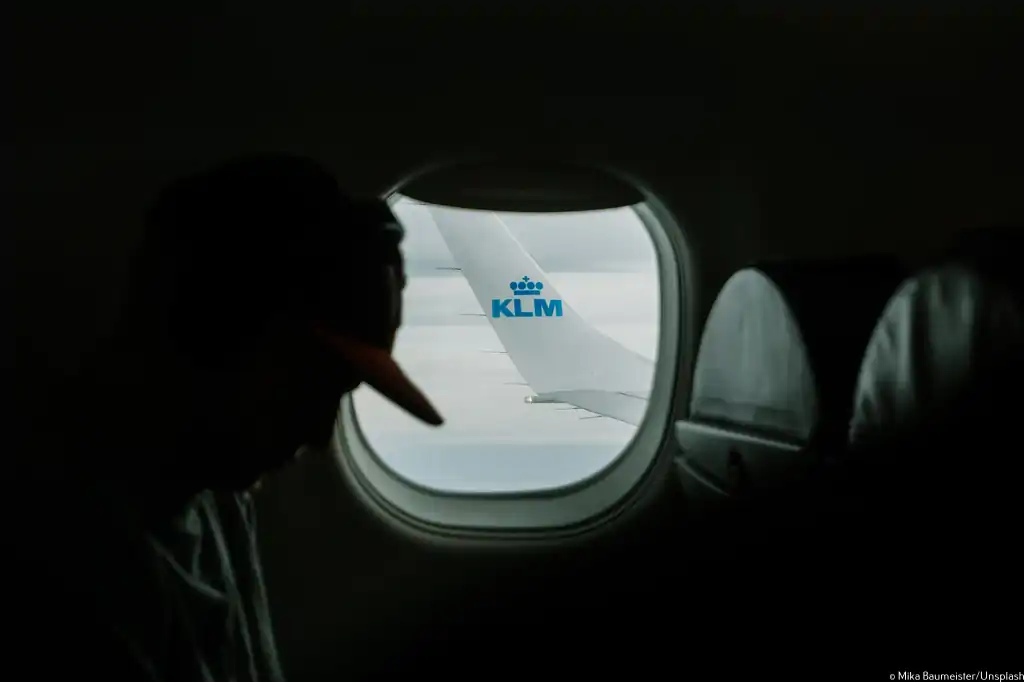
Airplane windows have come a long way since the early days of aviation. From the square windows of the past to the now-iconic round shapes, the design of these crucial components has undergone a significant transformation. This evolution is not merely an aesthetic choice; it is rooted in lessons learned from tragic events, advancements in technology, and a delicate balance between passenger comfort and aircraft safety.
Historical Shift
The shift from square to round windows was catalyzed by the de Havilland Comet incidents in 1954. The square window design of the Comet, the first jetliner of its time, proved to be fatal as the sharp edges of the squares couldn't withstand the pressure, leading to catastrophic mid-air breakups, claiming the lives of 56 passengers. This tragic event prompted a reevaluation of window design, setting the stage for the adoption of round windows.
Aerodynamics and Safety
The small, round shape of airplane windows serves a crucial purpose in enhancing safety. These windows reduce aircraft weight, strengthen the fuselage, and minimize the risk of catastrophic pressure differences if a window were to fail during flight. The round shape allows for an even distribution of pressure across the window, making it more resilient to the stress of repeated pressurization cycles.
Cargo Planes and Windowless Design
Cargo planes, designed without the need for passenger windows, prioritize structural integrity and weight distribution. Windows on the sides of the fuselage require additional reinforcement, adding significant weight. In cargo planes, the absence of windows allows for a more efficient and robust design, emphasizing the importance of function over aesthetics.
Drawbacks of Windows
Weight Considerations
While the round window design enhances safety, it does come with drawbacks. The triple-layered acrylic windows, although relatively lightweight, add a substantial weight to the aircraft – about 8lbs per window. With an average of 80 or more windows on a passenger plane, this results in an added weight of approximately 640lbs. Larger windows would exacerbate this weight gain, impacting fuel efficiency and overall aircraft performance. In an industry where weight directly influences flying distance, fuel efficiency, balance, and climb performance, the trade-off is carefully considered.
Fuselage Strength
The fuselage, a critical component of any aircraft, is compromised by the presence of windows. While modern materials like lightweight aluminum alloy provide strength, the need for additional structure around windows weakens the overall fuselage. Larger windows would exacerbate this issue, necessitating even more structural support. The shift to all-composite fuselages, as seen in Boeing's innovations, has influenced how larger windows can be incorporated without compromising structural strength.
Pressurization Dangers
Airplane windows play a vital role in regulating pressure differences as the aircraft ascends and descends. The specific design of smaller, round windows minimizes the risk of explosive vacuum effects in the event of a window detachment. Larger windows, however, could lead to more severe consequences, posing a threat to both passengers and the aircraft itself.
Conclusion
The 70-year prevalence of round windows in airplanes is not a mere design choice but a result of lessons learned from tragic incidents and a commitment to passenger safety. While the drawbacks of windows, including their weight and impact on fuselage strength, are significant considerations, the aviation industry continues to prioritize safety without compromising the overall flying experience. As technology advances, future aircraft designs may find innovative solutions to mitigate these drawbacks, but the fundamental principle of prioritizing safety will undoubtedly remain at the forefront of aviation evolution.
With Inputs from The Guardian, Pilot Teacher, Engineering World Channel


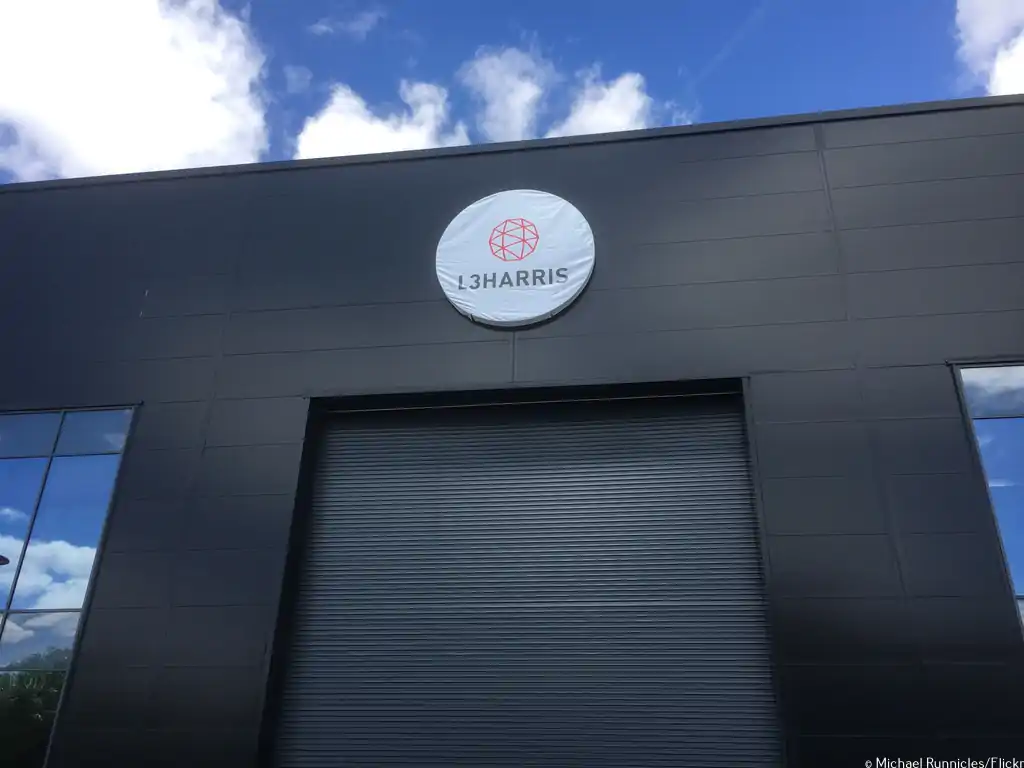
Comment